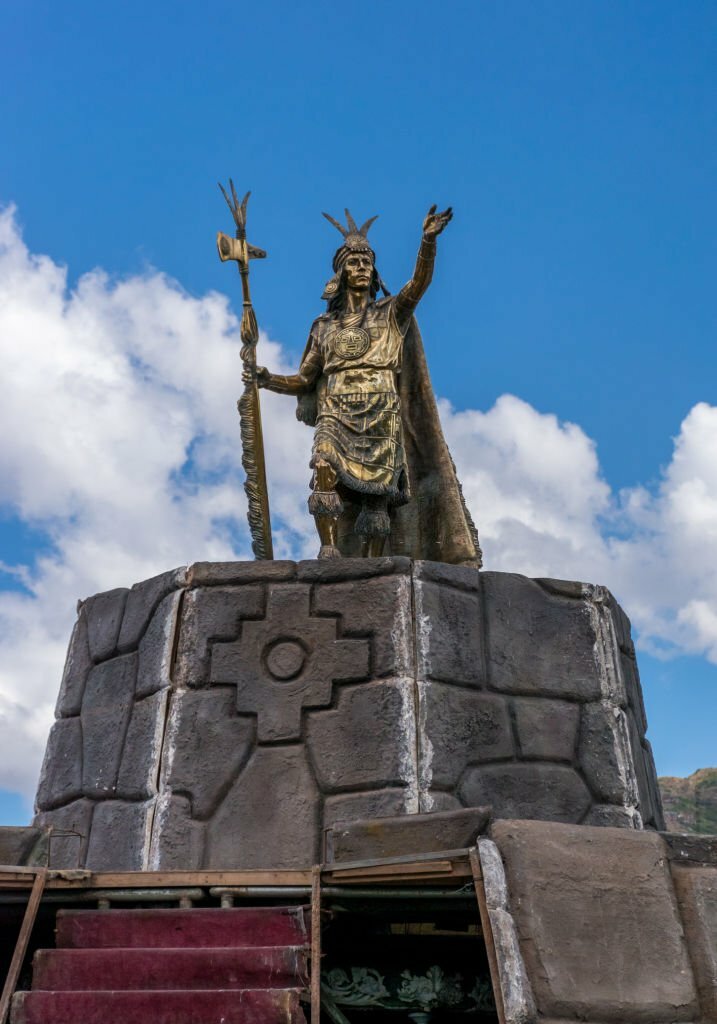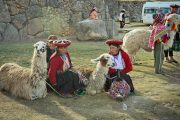The Inca Empire, nestled in the heart of the Andes Mountains, was a civilization that left an indelible mark on South American history. At the pinnacle of Inca society stood the revered figure of the Inca Emperor, a ruler who held both divine and political authority. The Inca emperors, known as Sapa Incas, played a pivotal role in shaping the destiny of their vast empire, leaving behind a legacy that continues to captivate the imaginations of people today.
1. Divine Rule and Ancestral Lineage:
The Inca emperors were believed to be descendants of the sun god Inti, and their rule was considered divine. The emperor held the title of “Sapa Inca,” which means “the only Inca” or “the unique Inca.” The legitimacy of their rule was closely tied to their divine lineage, connecting them to the celestial powers that governed the Inca worldview.
2. Pachacuti: The Transformative Leader:
One of the most renowned Inca emperors was Pachacuti Inca Yupanqui, who is often credited with transforming the Inca state into a powerful empire. Pachacuti initiated ambitious military campaigns, expanding the boundaries of the empire and establishing Cusco as its capital. His strategic vision and leadership laid the foundation for the Inca’s golden age.
3. Expansion and Administrative Brilliance:
The Inca emperors were not only military leaders but also astute administrators. They implemented a centralized system of governance that facilitated communication, resource allocation, and the efficient management of the empire. The road network, known as the Qhapaq Ñan, connected the vast territories of the Inca Empire, allowing for swift communication and the movement of troops.
4. Huayna Capac: The Empire’s Zenith:
Under the rule of Huayna Capac, the Inca Empire reached its zenith in territorial expansion. Huayna Capac extended Inca influence into present-day Ecuador and parts of Chile. However, his reign was also marked by internal challenges, including a devastating smallpox epidemic brought by European contact, which significantly weakened the empire.
5. Rituals, Ceremonies, and Religious Significance:
The Inca emperors played a central role in religious ceremonies and rituals that upheld the spiritual fabric of the empire. Inti Raymi, the Festival of the Sun, was one of the most significant celebrations during which the emperor would perform rituals to honor Inti, seeking divine guidance and blessings for the prosperity of the empire.
6. Succession and Dynastic Lineage:
The succession of Inca emperors followed a patrilineal system, with the ruler’s eldest son typically inheriting the throne. However, the concept of “panaca,” an extended royal lineage, allowed for flexibility in succession. In some cases, a younger son might ascend to the throne if deemed more suitable by the nobility and priests.
7. Enduring Legacy and the Last Inca Emperor:
The fall of the Inca Empire came with the arrival of Spanish conquistadors led by Francisco Pizarro. Atahualpa, the last ruling Inca emperor, faced the tragic end of his empire as he was captured, held for ransom, and eventually executed by the Spanish. Despite the conquest, the legacy of the Inca emperors lives on through the architectural wonders, cultural practices, and spiritual beliefs that endure in the Andean region.
In conclusion, the Inca emperors were more than political rulers; they were spiritual leaders, administrators, and architects of an empire that thrived amidst the towering peaks of the Andes. Their divine lineage, strategic vision, and commitment to both the earthly and spiritual well-being of their people shaped the Inca Empire into a cultural marvel. As we reflect on their legacy, we find the echoes of their influence in the archaeological remnants of Machu Picchu, the intricate road networks, and the enduring traditions of the Andean communities that once flourished under their rule.
Book your ticket here.










Comment (0)